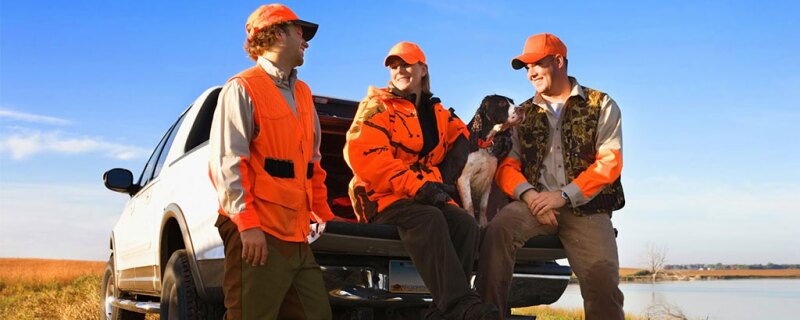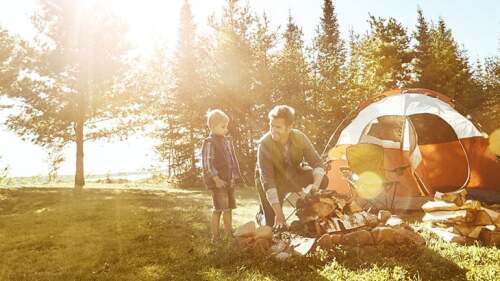Hunting guides have the important responsibility of providing a safe and enjoyable experience for their clients. Ensuring client and personal safety should be a top priority for every hunting guide, as the wilderness can pose various risks. From guiding clients through nature to managing equipment, safety protocols can help protection against unexpected risks.
Protect yourself and your clients
Before heading into the woods, it is crucial for hunting guides to have comprehensive safety talks with clients. This should include information on firearm handling, terrain challenges, and emergency procedures. Getting clients familiar with the hunting equipment allows them to feel more comfortable when handling them.
As a hunting guide, prioritizing safety is important not only for your clients but also for the success and reputation of your business.
In Wisconsin, for example, there were 12 hunting-related injuries in 2022, and 50% of those injuries were accidentally self-inflicted, meaning the muzzle was not pointed in a safe direction.
As a hunting guide, teaching your clients to follow the primary rules of hunter education is vital. Check out the International Hunter Education Association for more resources.
Treat every firearm as if it’s loaded
Guides should emphasize the importance of treating every firearm as if it is loaded, and teach clients to keep the muzzle pointed in a safe direction. Always check the chamber of the firearm to see if the firearm is loaded before giving it to a client. Additionally, guides should ensure that clients are sufficiently trained in using the safety features of their firearms and only engage targets within their line of sight.
Have communication devices on hand
In remote wilderness areas, communication can be a challenge. Hunting guides should carry reliable communication devices such as two-way radios or satellite phones to stay connected with clients and emergency services when needed. Clients should be educated on how to use these devices before heading into the woods.
Complete first aid training
Hunting guides should complete first aid training, and carry a well-equipped first aid kit at all times. Clients should also be educated on basic first aid procedures and the location of the first aid kit. In the event of an injury, prompt and proper medical attention can make a significant difference in recovery.
Tree stand safety
If you or a client are using a tree stand in your hunting expeditions, always check if it is in good condition and properly secured to the tree before each use. Don’t forget to harness! 82% of hunters who fall from tree stands are not wearing a full-body harness, according to the Treestand Manufacturers Association (TMA). Other factors such as following weight restrictions, keeping your hands free while climbing, and choosing a healthy straight tree to install a stand on will prevent accidents from happening. Visit the TMA’s website for more tips on how to stay safe in a tree stand.
Secure the best insurance coverage
Having a comprehensive insurance policy helps protect yourself and your clients. Identify the specific risks associated with your hunting guide business. Consider factors such as the type of terrain you operate in, the number of clients you work with, and the equipment you use. Talking with your independent agent can help you choose the appropriate coverages for your business.






